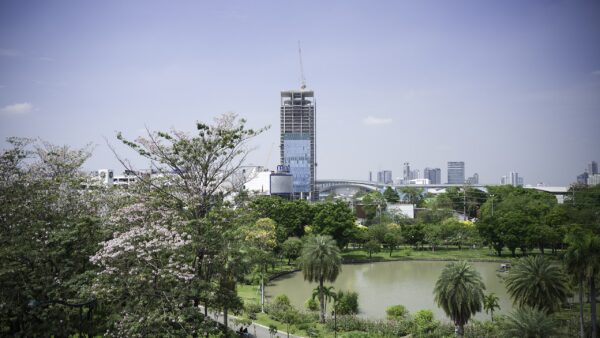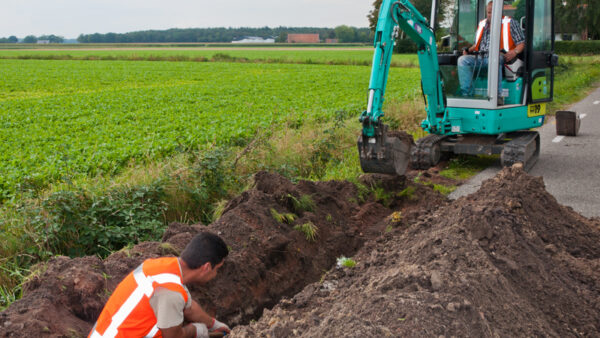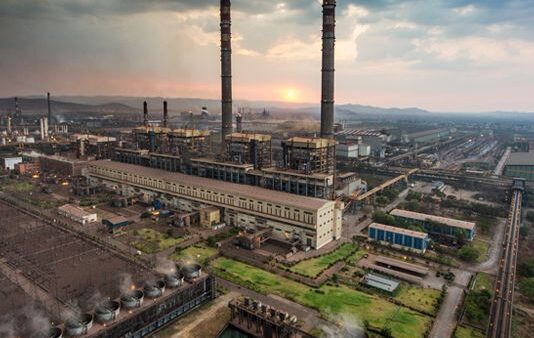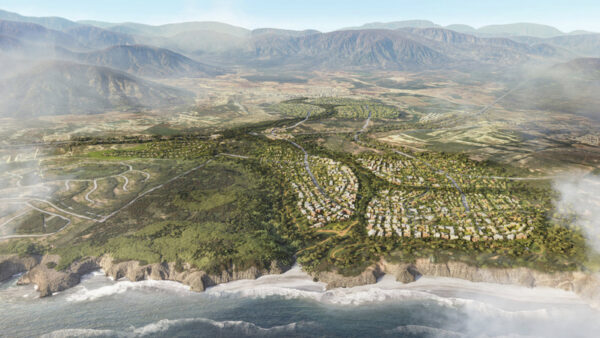Nasa has picked Texas tech firm Icon and Danish architect Bjarke Ingels Group (BIG) to work on a project to print a possible Martian habitat at the Johnson Space Centre in Houston.
Icon will print “Mars Dune Alpha”, a 1,700 sq ft structure designed by BIG as a home for astronauts who undertake long-duration space missions.
The project will be part of Nasa’s Crew Health and Performance Exploration Analogue (Chapea). This is made up of three year-long simulations to analyse how crew members can be kept physically and mentally healthy while living off-world.

Nasa says 3D printing is the only way that construction can be carried out away from Earth, given the cost and difficulty of launching building materials into space.
Nasa first selected BIG and Icon to work on a project in October 2020. That one was aimed at creating a construction system to support Moon exploration.
Jason Ballard, Icon’s chief executive, said: “This is the highest-fidelity simulated habitat ever constructed by humans. Mars Dune Alpha is intended to serve a very specific purpose – to prepare humans to live on another planet.
“We wanted to develop the most faithful analogue possible to aid in humanity’s dream to expand into the stars. 3D printing the habitat has further illustrated to us that construction-scale 3D printing is an essential part of humanity’s toolkit on Earth and to go to the Moon and Mars to stay.”

Bjarke Ingels added: “The data gained from this habitat research will directly inform Nasa’s standards for long-duration exploration missions, and as such will potentially lay the foundation for a new Martian vernacular. Mars Dune Alpha will take us one step closer to becoming a multiplanetary species.”
Chapea’s inaugural mission is due to begin in autumn 2022.
Images courtesy of BIG/Icon










